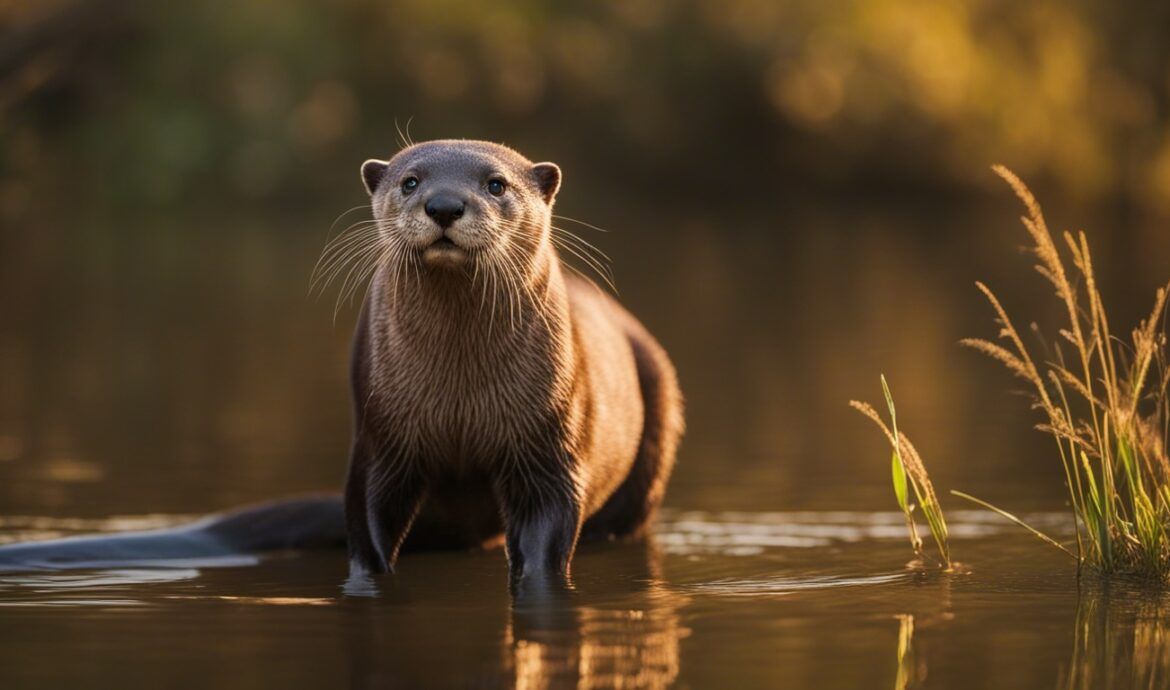Otter
The Jaguarundi or the Otter: What Did You Really See?
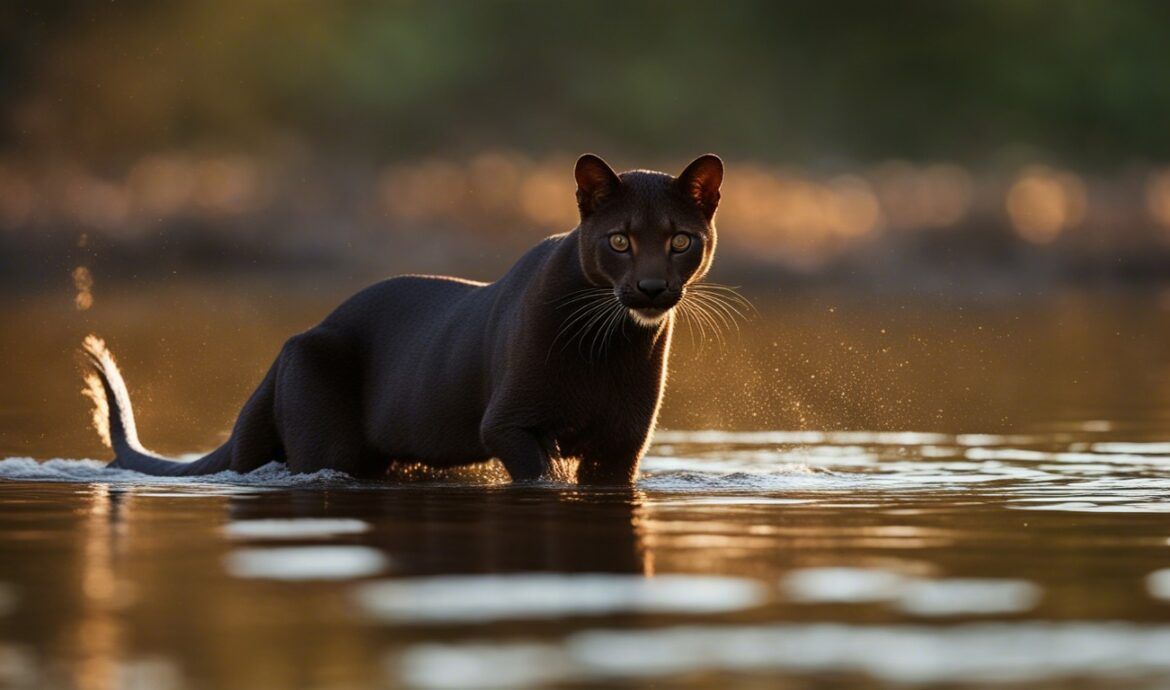
Are you one of the many who believe you’ve spotted a jaguarundi in the wild? You might be surprised to learn that it’s more likely you saw an otter instead. Both creatures share striking similarities, but understanding the differences can be crucial for conservation efforts and accurate reporting. Let’s dive into why this common case of mistaken identity occurs and how you can tell them apart.
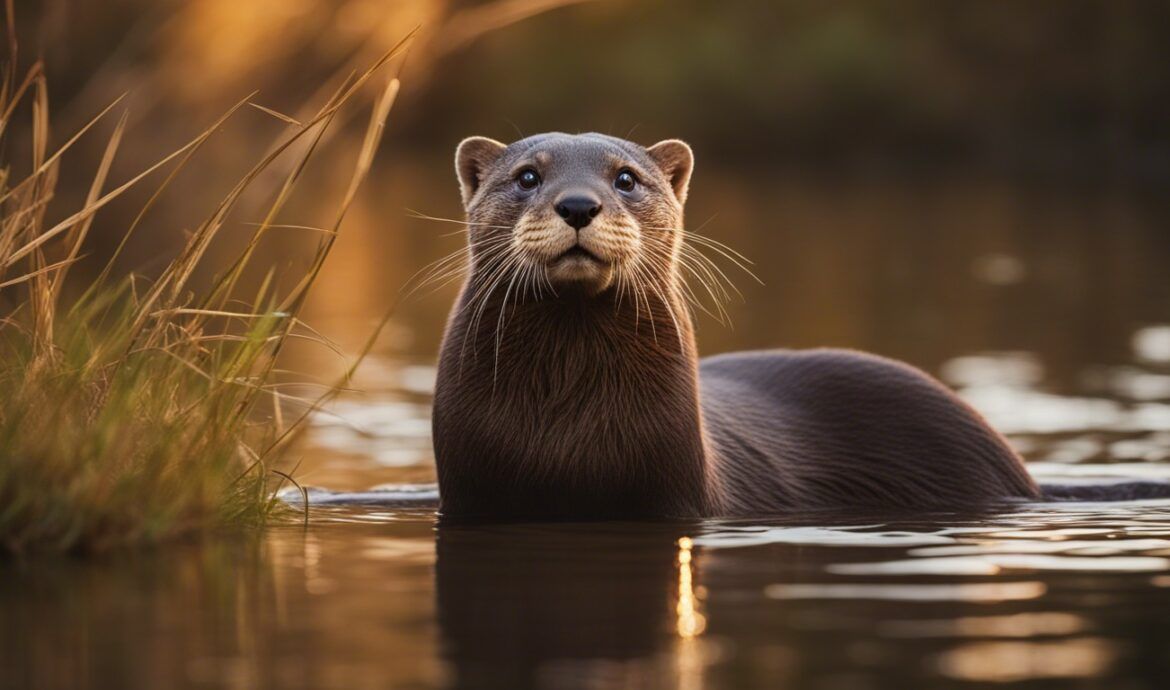
Visual Overlaps Between Jaguarundi and Otter
Jaguarundi and otters have overlapping habitats, often found near water bodies. Their body shapes are elongated, and both have short legs, adding to the visual confusion. The coloration can vary, but typically, both display shades of brown or gray, further muddying the waters for accurate identification.
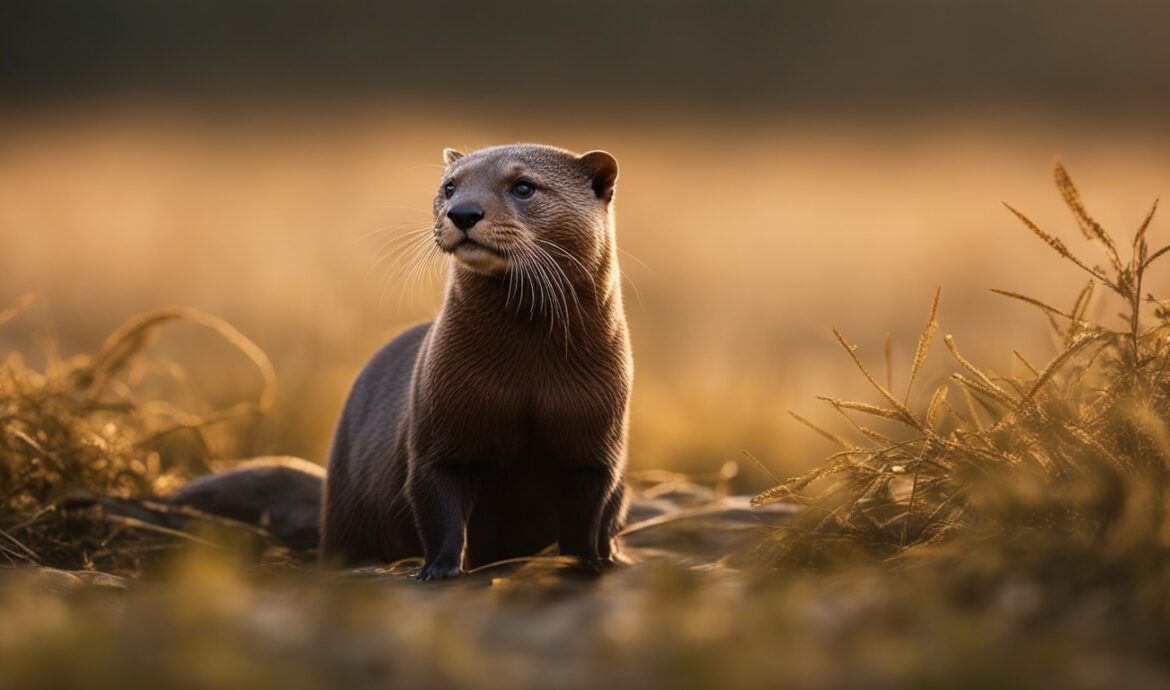
Behavioral Characteristics: More Alike Than Different?
Both jaguarundi and otters are elusive creatures that can swim well. They are usually solitary and are more active during the day, unlike other big cats and mustelids. It’s easy to assume you’ve seen a jaguarundi when observing an otter gliding through the water or exploring the shore.
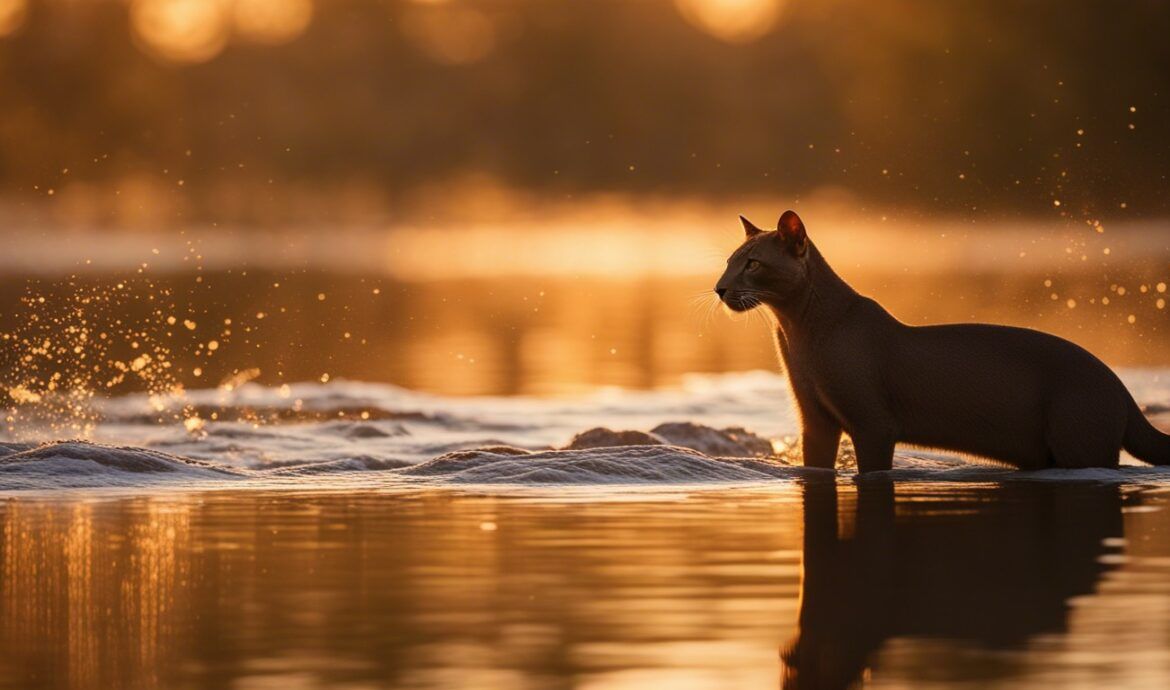
Key Differences to Look For
However, there are some differences to keep an eye out for. Jaguarundi ears are more rounded, and they lack the characteristic whiskers that otters possess. Additionally, while otters are adept swimmers and often seen in the water, jaguarundi prefer more terrestrial pursuits.
Why Identification Matters
Accurate identification is crucial for both research and conservation. Mistaken identities can lead to skewed data, impacting the allocation of resources and efforts aimed at protecting these unique species. By knowing what to look for, you contribute to a more accurate understanding of wildlife populations, aiding ongoing conservation projects.
In summary, while it’s exciting to think you may have encountered a rare jaguarundi, chances are you’ve seen an otter. By familiarizing yourself with these differences, you play a crucial role in the field of wildlife conservation.
